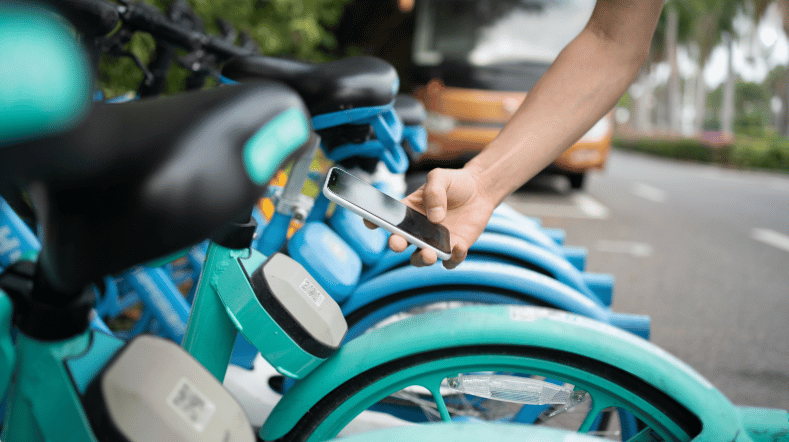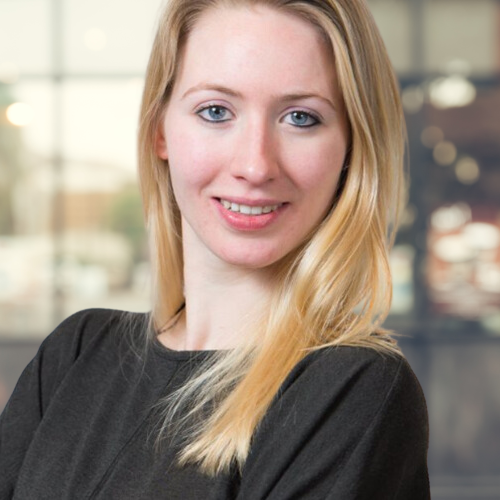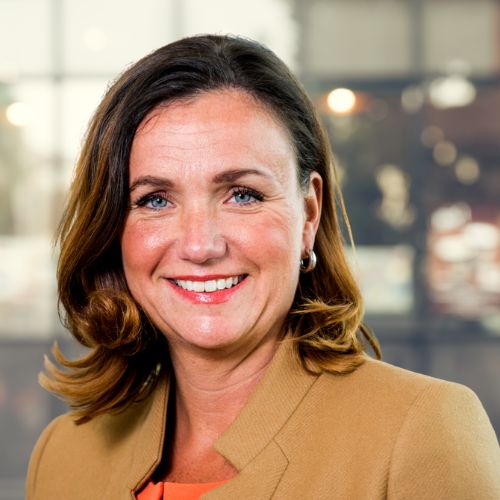
Amsterdam: mission-driven innovation to address overall well-being challenges
With so many complex issues to deal with in the areas of mobility, energy, housing, and social cohesion, policymakers need to design their innovation processes in a smarter way. Together with TNO, the City of Amsterdam has managed to innovate based on new insights linked to overall well-being objectives. In an interview with TNO, Tijs Roelofs, Head of Innovation in the Dutch capital, talks about their strategic partnership, the challenges of ‘purpose-driven’ innovation, and the exciting opportunities it holds for the future.
The problems that major cities are having to wrestle with worldwide are bigger and more complicated than ever, and cut across many different fields. The CO2 goals from the Climate Agreement require a rapid energy transition, but this is being held back by network congestion and chip shortages. The nitrogen crisis is making home construction difficult, while the excesses of the platform economy, such as shared scooters and rapid delivery, actually hinder mobility more often than they help it. Another important consideration is: how do we include everyone in these transitions?
Taking an integrated, horizontal approach to innovation across multiple fields, combined with a vertical approach involving all three levels of government, would appear to be a prerequisite for success. But how do you tackle this as a municipality?
‘What kind of city do we want to be?’
At the City of Amsterdam, Tijs Roelofs and his team are responsible for innovation processes. What challenges does he see as a policymaker when it comes to making the right decisions today for the world of tomorrow? ‘What is interesting about these times is that the biggest challenge lies in our way of thinking. Many challenges in our society today – whether relating to energy, social cohesion, or healthcare – stem from our neoliberal convictions and efficiency-driven market thinking. I’m not saying we should roll back everything, but it’s good to be aware of that. Innovation to me means thinking in a new way, focusing on overall well-being rather than economic goals, such as GDP. This starts with the question: what kind of city do we want to be?’ Roelofs sees a clear break from the old way of innovating. ‘If you just carry on with digitalisation and optimisation, you attain your KPIs, sure, but you also miss your social objectives by a mile. Take the childcare benefits scandal.’
Receive the paper ‘A liveable city requires innovation and inventive policies’
Innovation brings responsibility
This is a realisation that did not come about overnight. The City of Amsterdam’s innovation policy was initially focused on anticipating new technologies and social challenges. Meanwhile, the platform economy has been rapidly spreading through the city, with all the associated excesses and problems, such as the issues caused by platforms like Airbnb. That led us to the realisation that the city authorities need to become even more active in relation to all issues, so that innovation is geared towards being the city you want to be.’
This insight eventually laid the foundations for mission-driven innovation at the City of Amsterdam. But how do you determine concrete goals in relation to a concept as broad as overall well-being? How do you formulate policy in areas such as energy and mobility in such a way that nobody is actually left behind in your city?
Overall well-being requires validation
Insight and validation are key to answering these questions. And that is exactly what the strategic partnership with TNO (which has been in place for six years now) has delivered. The basis for this partnership is the Urban Strategy platform, which gives the city authorities clear insights into the consequences of its policies for a liveable city. Peter van Oorschot, Senior Business Developer with TNO: ‘The Urban Strategy models show the interdependence of policy areas such as energy and mobility. As a result, policymakers obtain insight into traditional criteria such as air quality and accessibility, but also into very topical subjects such as network congestion and energy and mobility poverty. In Amsterdam, Urban Strategy has become a real cross-cutting platform for innovation in the city, with new areas of policy constantly being added to the cooperation.’
Peter’s TNO colleague Jeroen Borst, Cluster Manager Societal Impact for Accessibility and Liveability, has also been involved in the partnership from the beginning. ‘The purpose-driven approach brings the City of Amsterdam and TNO together. I feel responsibility myself for applying our resources directly to a higher goal as opposed to just applying them to KPIs that we can programme. Just like Tijs, as regards innovation, all my instincts tell me to give priority to overall well-being and to inclusiveness. You have to continually ask yourself: do the instruments and KPIs fit the stories you hear on the street? Can you underpin that narrative with data? And the other way round too: do the data still match what’s on people’s minds in the city? We need to carry out this validation continuously, in order to give real meaning to such notions as overall well-being.’

‘If you just carry on with digitalisation and optimisation, you attain your KPIs, sure, but you also miss your social objectives by a mile.’
Have the courage to let go of old KPIs
According to Tijs Roelofs, Urban Strategy has already delivered a lot for the city. ‘It offers added value on many different levels. It is one of the perspectives that you always have in mind when reflecting or conversing with people during validation, as it gives you a direct insight into the consequences of policies. Can you let go of your own ideas and arrive at new insights? That is always the trick when it comes to innovation. This is an approach that TNO has brought to us in recent years, and now we are using it to make policy.’ The use of Urban Strategy is also evolving with the goal of overall well-being in mind. ‘We are now having the courage to let go of old KPIs such as ‘movement on the housing market’, because a concept such as this does not necessarily contribute to a pleasant life. I feel like we are just starting to explore the possibilities of ‘digital twinning’. A city is actually something you want to develop iteratively together, based on how you experience it at that moment in time. Urban Strategy could become a very interesting tool for engaging with citizens in a new way that allows you to understand the impact of ideas and initiatives.’
Working together on content innovation
According to Tijs Roelofs, policymakers still have many benefits to be gained by seeking more cooperation. With other policymakers, but also with knowledge institutions: ‘In the end, doing things together works better. I notice that as soon as people start talking together about content, it ceases to matter much which hat they’re wearing at the table.’ Internally, the different departments within the city authorities are therefore working together more and more, but there is still only a modest degree of cooperation with other municipalities and central government that cuts across different fields. Roelofs: ‘Mission-driven innovation is used for all challenges the city is facing and, because of the complexity involved, it’s essential to approach it from different perspectives and harness collective intelligence.
Our contacts with central government are mostly limited to a single field. So plenty of work remains to be done there. If you use knowledge and insights from around the world, starting in the Netherlands, you soon realise that you don’t have to conduct ten experiments in order to arrive at the insights that bring you closer to your goal. It would be interesting to see whether knowledge institutions can play a role in facilitating exchanges among policymakers.’
Removing barriers
According to Roelofs, the role played by knowledge institutions like TNO in partnerships with policymakers has changed. ‘I think structural collaborations with knowledge partners such as TNO are essential in order constantly to obtain new ideas and insights. So that you can learn from each other and be fuelled by what’s happening in other progressive cities around the world. And you only collaborate successfully when you know each other well and strive for goals with the same motivation. If municipalities and other authorities decide to collaborate more closely with knowledge institutions, this will not in itself lead to an immediate improvement in service levels, but it will lead to a better city in the future.’
Jeroen Borst notes that, from the perspective of authorities, there are often barriers to such structural collaboration. ‘If we are able to eliminate these together, we can really accelerate innovation.’
Tijs Roelofs agrees with Borst: ‘Complex challenges require different ways of working together and a new way of thinking. Or as Einstein put it: ‘We cannot solve our problems with the same thinking we used when we created them.’ If we carry on like this we’re not going to solve all the crises. Inventive innovation is sorely needed.’
Want to learn more about the liveable city of tomorrow?
Get inspired
Smarter and faster construction: TNO helps Eindhoven Metropolitan Region with historic leap of scale
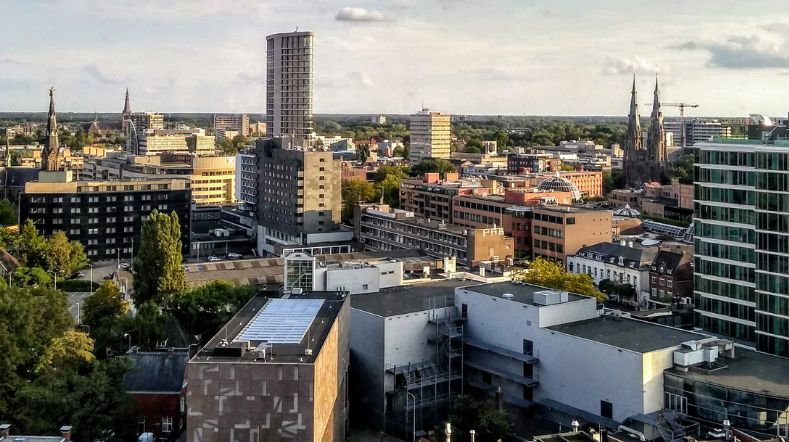

Don't jump on every innovation bandwagon: TNO's framework to help cities make smarter mobility choices
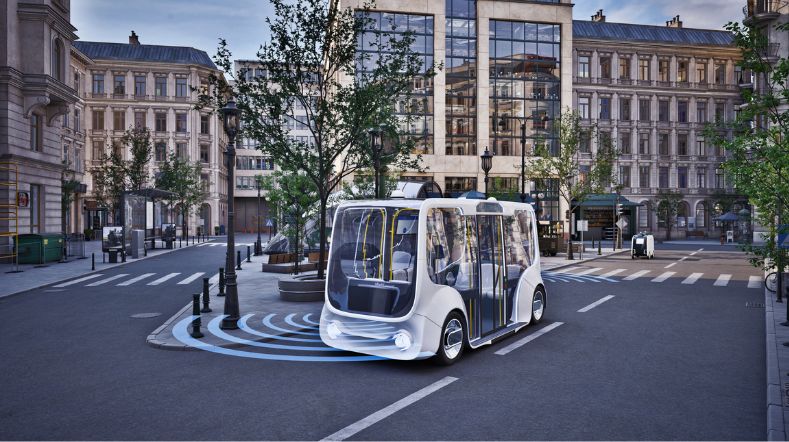

Urban space


Zero emission urban mobility


How governments can make MaaS work to societal goals
